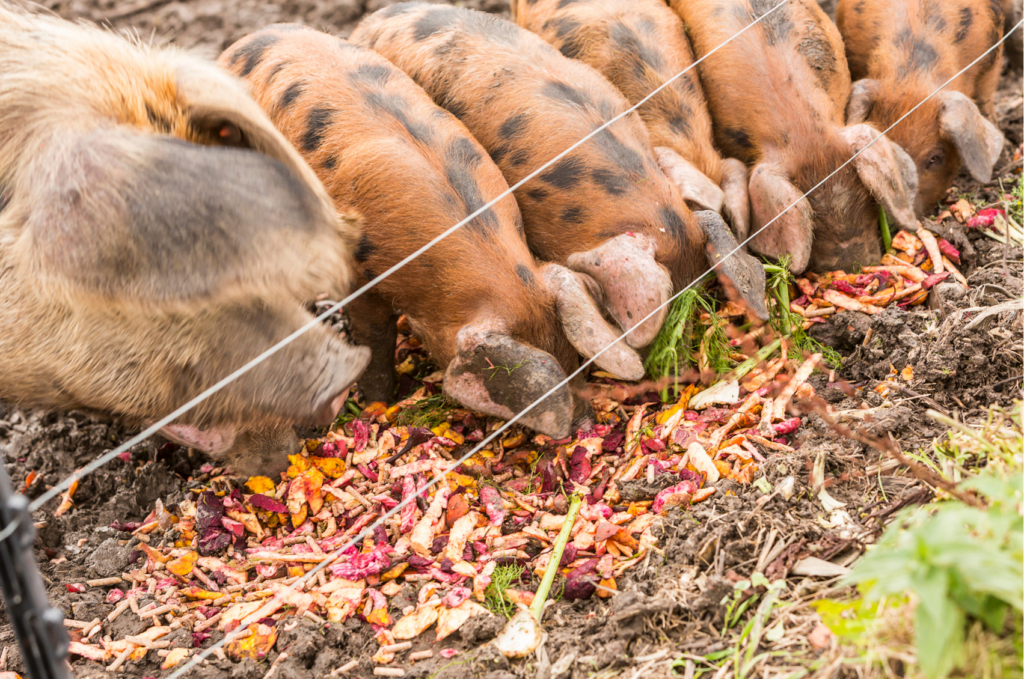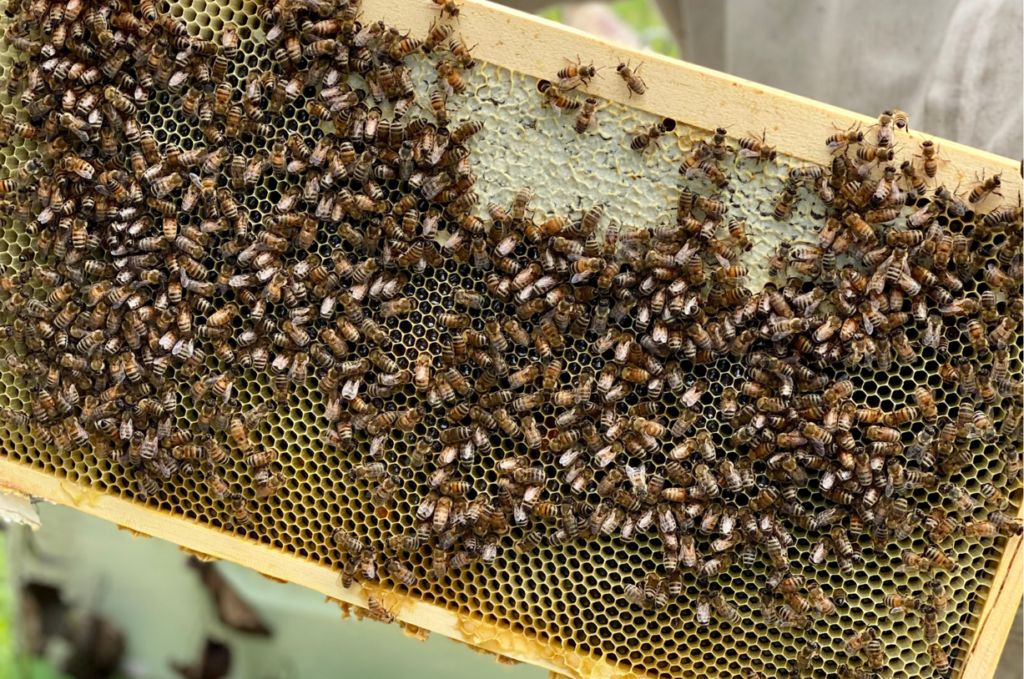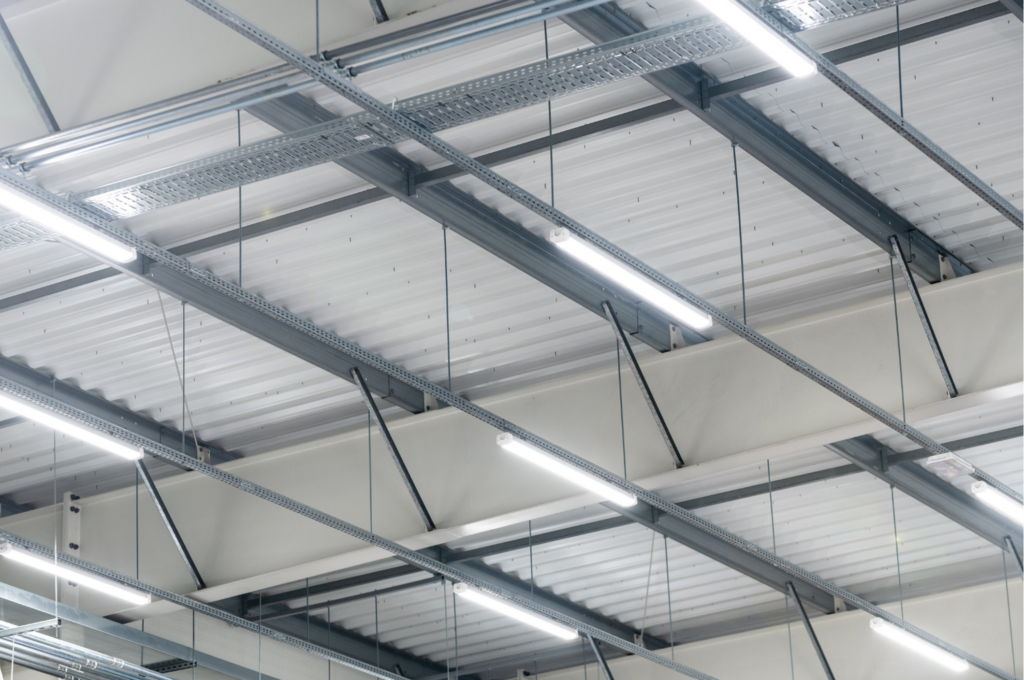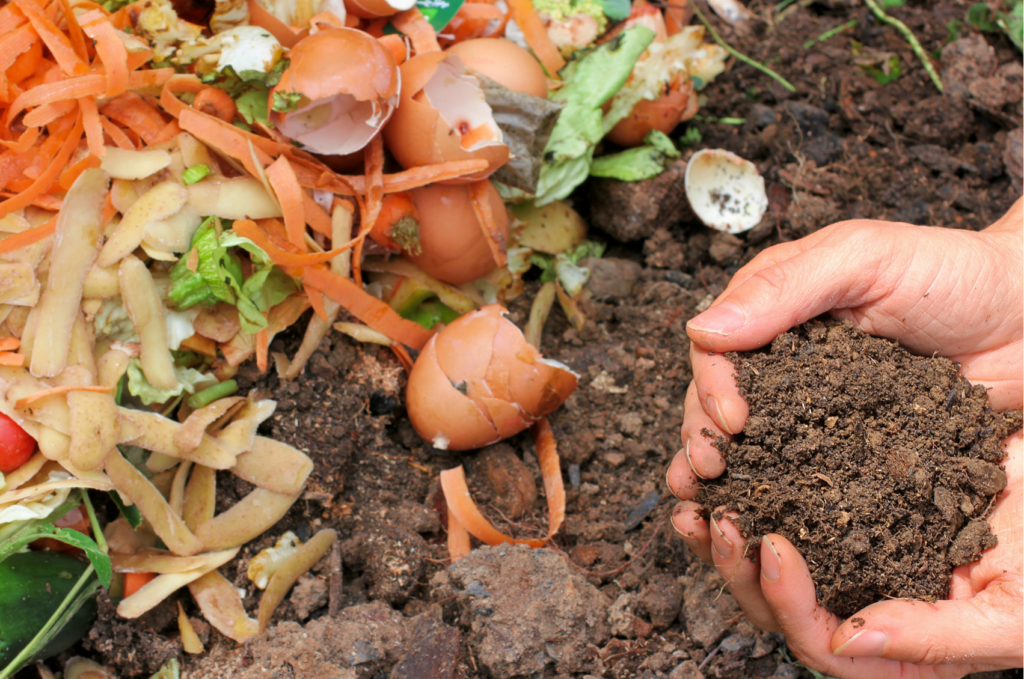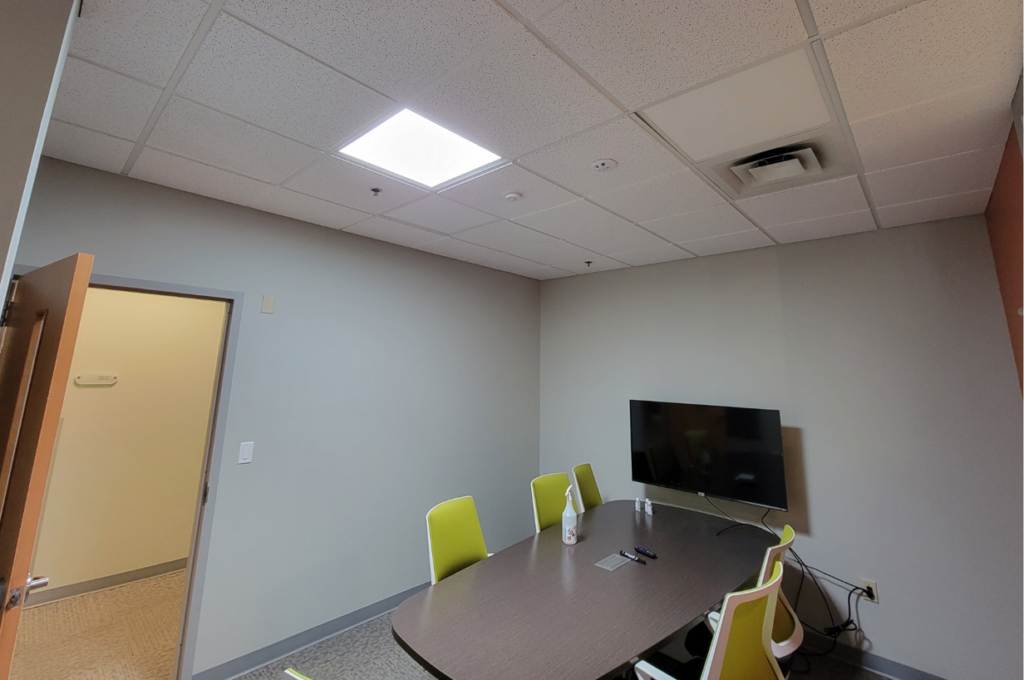Earth Day, Every Day
Earth Day is celebrated on April 22nd each year, it’s a time to raise awareness and promote environmental protection and sustainability. Earth Day 2024 is the 54th anniversary of this global event, which was first celebrated in 1970. The Food Bank is taking action every day to reduce food waste, think big and green to mitigate the detrimental effects of climate change.
Climate change directly impacts poverty and hunger as it adds to preexisting struggles that individuals currently face. Food waste also contributes to environmental issues, such as greenhouse gas emissions and wasted resources like water and energy. When we waste food, we’re not only throwing away the food itself, but also the resources that went into growing, harvesting, and transporting it.
Our Green Initiatives program substitutes our typical energy systems with efficient green technology systems to decrease our carbon footprint. By growing and producing food with alternative methods that don’t harm the environment. Our main priority is to be good stewards of our resources.
We’re also exploring alternative methods of growing and producing food that doesn’t harm the environment. This includes initiatives such as sustainable farming practices, composting, and reducing food waste by rescuing surplus food that might otherwise go to a landfill. Donated and purchased food from farmers, retailers, and other sources that might not meet certain standards, such as being the wrong size or shape. The food is still good to eat and helps provide nutritious meals for Mainers experiencing food insecurity.
By adopting these environmentally-friendly methods, we aim to provide nutritious food to those in need, minimize our carbon footprint, and contribute to a healthier planet. We are committed to finding innovative ways to minimize waste, reduce energy consumption, and utilize sustainable practices in all aspects of our operations. This includes investing in energy-efficient equipment, utilizing renewable energy sources, and continuously evaluating and improving processes to minimize environmental impact.
